Understanding the Importance of a Cover Letter
In the competitive landscape of job applications, a well-crafted cover letter can be the key to unlocking your career aspirations. Many job seekers underestimate the power of a cover letter, viewing it merely as a formality. However, it’s much more than that. A cover letter provides a unique opportunity to introduce yourself to a potential employer, going beyond the confines of your CV. It allows you to express your personality, demonstrate your passion for the role, and connect your skills and experiences to the specific requirements of the job. A strong cover letter is your chance to make a lasting first impression and persuade the hiring manager to delve deeper into your CV. This crucial document acts as a bridge, connecting your qualifications with the employer’s needs.
Why a Cover Letter Matters for Your CV
Your CV, while comprehensive, is often a factual recounting of your work history and skills. It may lack the narrative and context needed to truly capture the attention of a hiring manager. This is where the cover letter steps in. It provides the space to tell your story, explain your motivations for applying, and show how your unique blend of skills and experiences aligns with the job requirements. It allows you to highlight specific achievements, demonstrating your value in a way that a CV alone cannot. Moreover, it shows that you care enough about the position to go the extra mile. A well-written cover letter can differentiate you from other candidates, especially in crowded fields. In essence, a cover letter transforms your CV from a list of credentials into a compelling argument for why you deserve the job. This is why including a cover letter, following a strong CV format, is crucial for your job application.
Key Components of a Successful Cover Letter
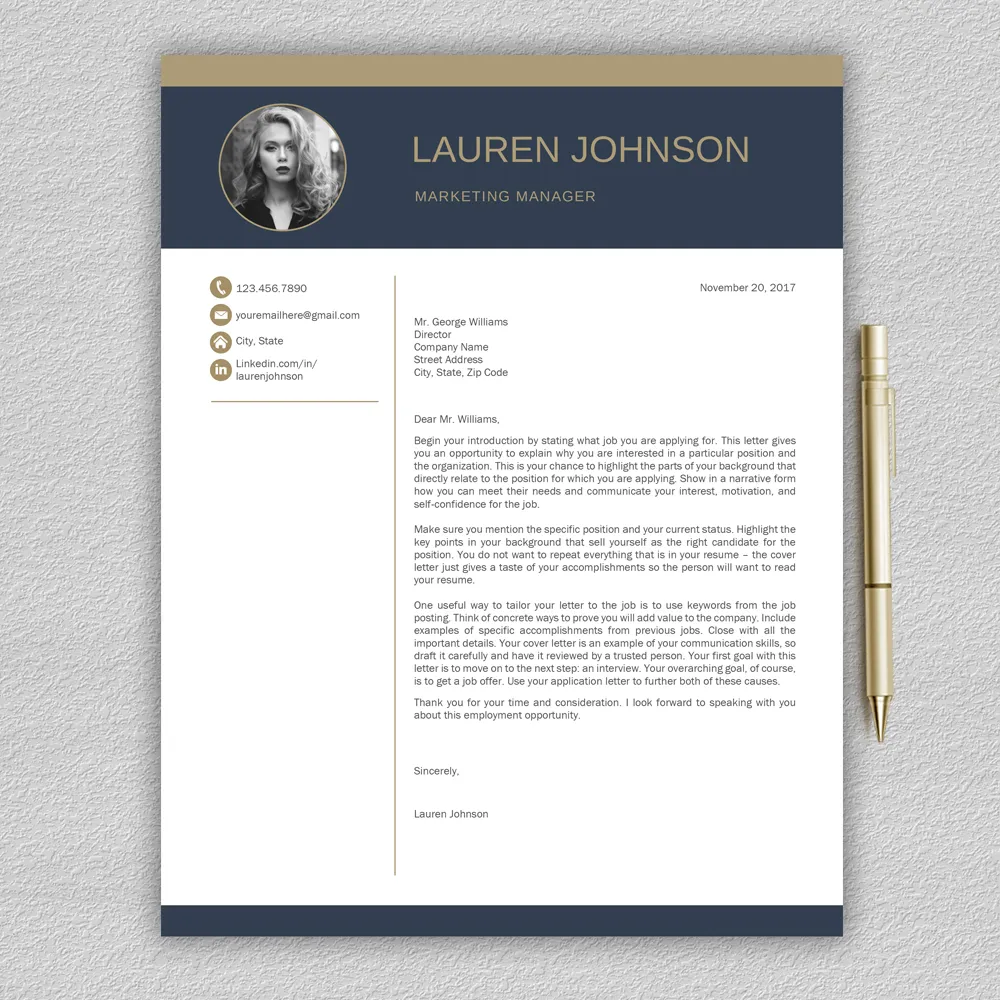
Crafting a successful cover letter involves understanding and mastering its core components. Each part plays a vital role in showcasing your qualifications and capturing the hiring manager’s attention. These elements work together, creating a cohesive and persuasive narrative that highlights your suitability for the role. By focusing on these key components, you can significantly increase your chances of landing an interview. Let’s break down each essential part to ensure your cover letter stands out.
Header and Contact Information
Start your cover letter with a professional header that includes your contact details. This typically consists of your full name, address, phone number, and email address. Ensuring that your contact information is readily accessible to the hiring manager is crucial for facilitating quick communication. It’s also important to include the date and the recipient’s information (name, title, company, and address) below your contact details. This formal introduction demonstrates attention to detail and respect for the recipient, setting a professional tone for the rest of your letter. Make sure your email address sounds professional; avoid using casual or informal email addresses.
Professional Salutation
The salutation is your first direct interaction with the hiring manager. Aim for a professional and personalized greeting. “Dear Mr./Ms./Mx. [Last Name]” is the preferred format if you know the hiring manager’s name. Research the company website or LinkedIn to find the correct name. If you are unsure of the hiring manager’s name, use a generic yet professional greeting such as “Dear Hiring Manager.” Avoid outdated greetings like “To Whom It May Concern.” Using the right salutation immediately grabs the reader’s attention and reflects your respect and understanding of the company. This sets the tone for the rest of your communication.
Opening Paragraph Grab Attention
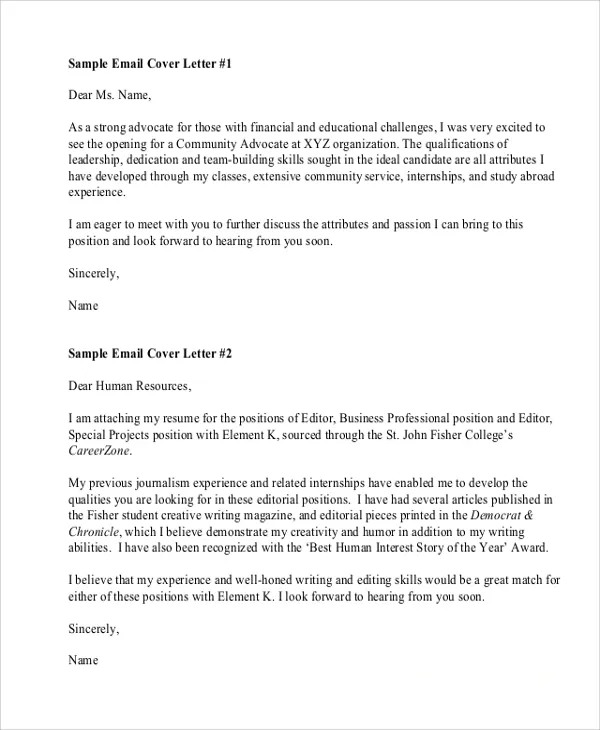
The opening paragraph is your chance to immediately grab the reader’s attention. Avoid generic openings. Instead, start with a compelling hook that shows your enthusiasm for the role and the company. Briefly state the position you are applying for and how you found the opportunity. Consider mentioning a specific aspect of the company that excites you, or a shared connection if you have one. Clearly communicating your excitement demonstrates your genuine interest and increases the likelihood of the hiring manager wanting to know more about you. The goal is to make a positive impact from the start.
Highlighting Relevant Skills and Experience
This is where you connect your skills and experience to the job requirements. Review the job description carefully and identify the key skills and qualifications the employer is seeking. Provide concise examples of how you have successfully utilized these skills in previous roles. Quantify your achievements whenever possible, using numbers and metrics to demonstrate your impact. Show how your experience aligns with the company’s needs. This section should provide solid evidence of your capabilities, reinforcing why you are the perfect fit for the position and how you will contribute to the company. The goal is to make your qualifications immediately relevant.
Tailoring to the Job Description
One of the most critical aspects of an effective cover letter is tailoring it to each specific job application. Avoid using a generic, one-size-fits-all letter. Instead, carefully analyze the job description, identifying the key requirements and qualifications the employer is seeking. Then, tailor your letter to directly address these requirements, showcasing how your skills and experiences align with the job’s needs. Customize your opening paragraph to reference something specific about the company or role. Tailoring demonstrates your attention to detail and your genuine interest in the opportunity, significantly increasing your chances of success. Demonstrating this level of personalization sets you apart from other candidates.
Showcasing Achievements with Metrics
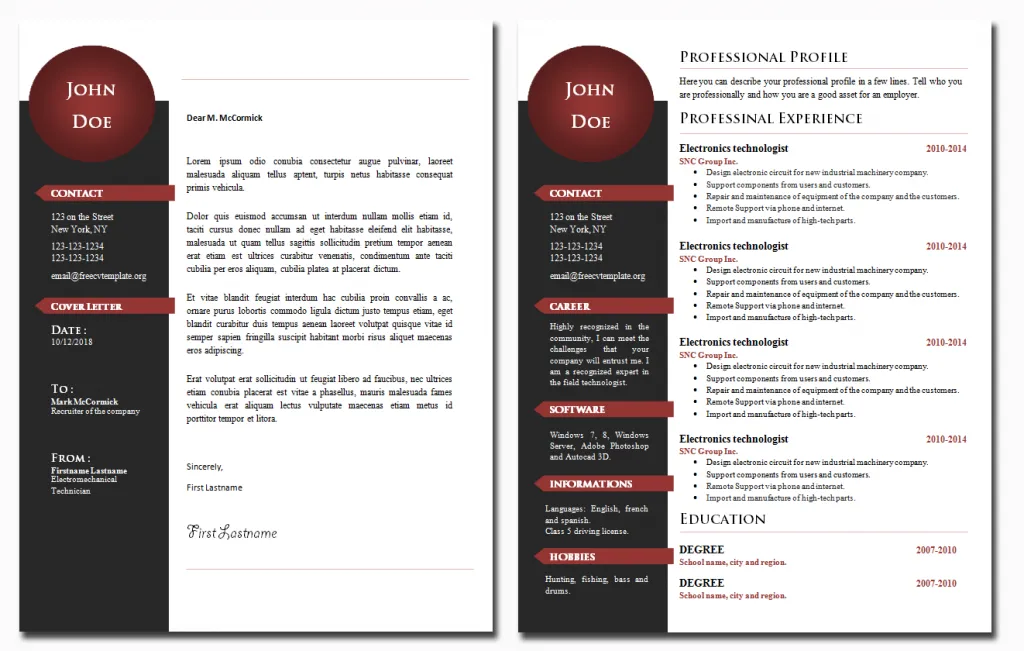
Instead of simply listing your responsibilities, use this section to highlight your achievements. Quantify your accomplishments whenever possible, using metrics to demonstrate your impact. For example, instead of writing, “Managed social media accounts,” write, “Increased social media engagement by 40% in six months.” The use of numbers provides concrete evidence of your capabilities and makes your achievements more impactful. This shows the hiring manager the value you bring to the table and how you can contribute to the company’s success. This helps the reader to visualize the impact you made in the past.
Expressing Enthusiasm and Fit
Throughout your cover letter, express your enthusiasm for the role and the company. Explain what attracts you to the position and why you believe you are a good fit for the company’s culture. Research the company beforehand and demonstrate your understanding of their values, mission, and goals. This shows your genuine interest and that you are willing to go beyond simply listing your qualifications. Your enthusiasm can make a significant difference, as it conveys your passion and commitment, which is a highly desirable trait in any candidate.
Closing the Cover Letter
The closing of your cover letter should summarize your key qualifications and reiterate your interest in the position. Restate your enthusiasm and highlight the value you can bring to the company. Briefly thank the hiring manager for their time and consideration. Avoid clichés and try to end on a strong, memorable note. The closing provides one last chance to leave a positive impression and encourage the reader to take action.
Call to Action Requesting an Interview
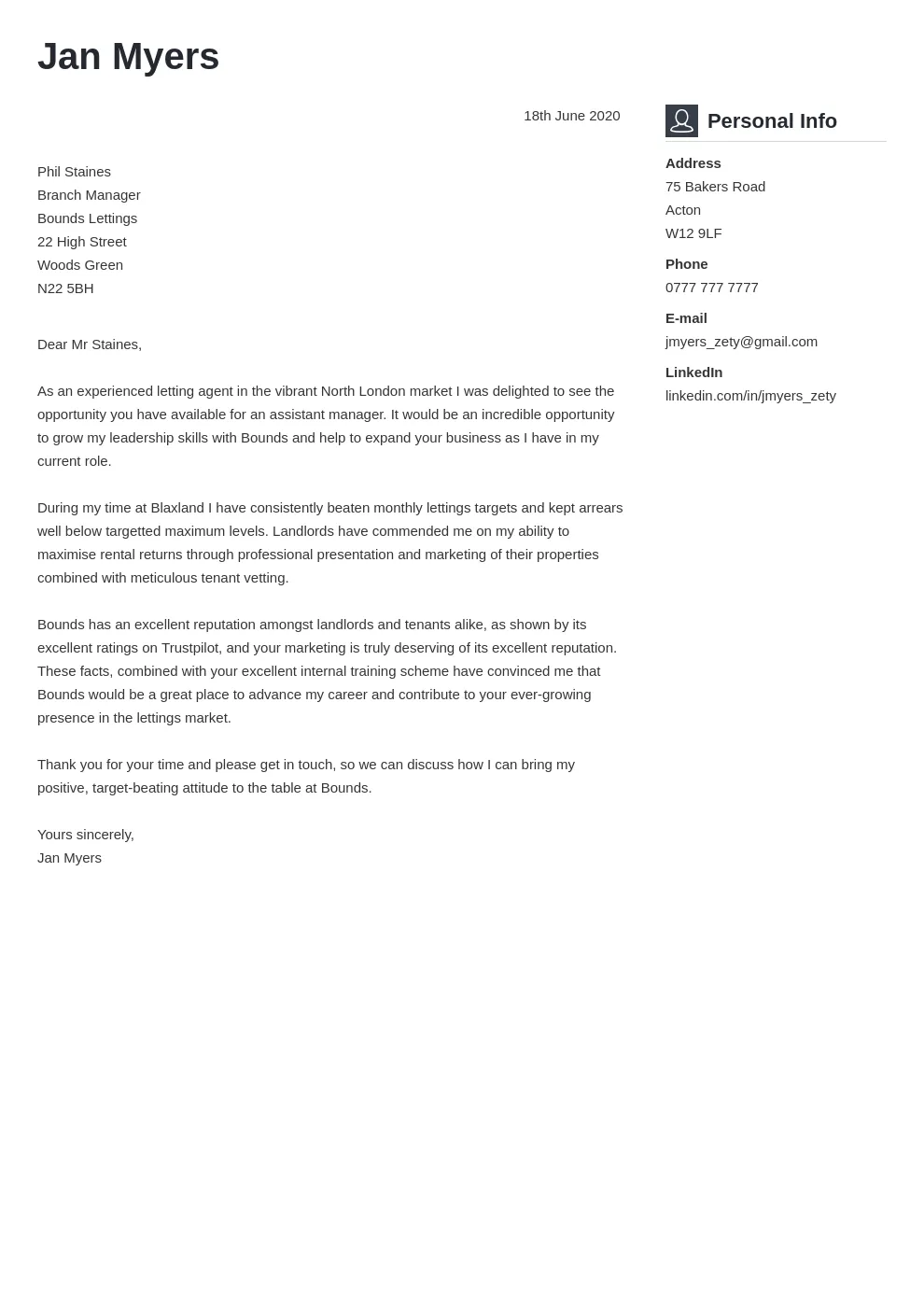
Include a clear call to action, explicitly requesting an interview. Make it easy for the hiring manager to take the next step. State your availability and express your eagerness to discuss your qualifications further. Provide your contact information again, ensuring it is readily available. A clear call to action increases the likelihood of the hiring manager reaching out to you and moving your application forward. This is a critical part of your cover letter, urging the hiring manager to consider you as a serious candidate.
Professional Closing and Signature
Close your cover letter with a professional and formal closing, such as “Sincerely,” “Best regards,” or “Yours sincerely.” Avoid casual closings. Below your closing, leave space for your handwritten signature if you are submitting a hard copy. For digital submissions, type your full name. This final touch adds a layer of professionalism and concludes your cover letter with formality and respect. This is the final step in your introduction.
Formatting Your Cover Letter for Readability
The visual presentation of your cover letter significantly impacts how it is received. Poor formatting can make your letter difficult to read, leading the hiring manager to dismiss your application. Proper formatting ensures that your message is easily accessible and professional. Well-formatted letters demonstrate that you pay attention to detail and respect the reader’s time. The following formatting tips will improve the visual appeal and overall effectiveness of your cover letter.
Font and Style Selection

Choose a professional and easy-to-read font, such as Times New Roman, Arial, Calibri, or Helvetica. Ensure the font size is between 10 and 12 points for optimal readability. Avoid using overly stylized or decorative fonts that can be distracting. Use a clear and consistent font throughout your cover letter. Also, ensure that your font choice reflects professionalism and contributes to a polished appearance. Consistent font choices and styles improve readability.
Cover Letter Length Guidelines
Keep your cover letter concise and to the point. Aim for a single page, as hiring managers typically have limited time to review applications. Focus on highlighting the most relevant information and tailoring your letter to the specific job description. Avoid unnecessary details or lengthy paragraphs. A concise, well-written cover letter is more effective than a long, rambling one. Being concise is vital to your success.
Proofreading and Editing for Perfection
Before submitting your cover letter, proofread it carefully for any errors in grammar, spelling, and punctuation. Even minor errors can undermine your credibility. Read your letter aloud to catch any awkward phrasing or unclear sentences. Ask a friend or colleague to review your letter for a fresh perspective. A polished cover letter shows attention to detail, indicating your commitment to quality, and enhances your professional image. Proper proofreading is essential for success.
Common Cover Letter Mistakes to Avoid
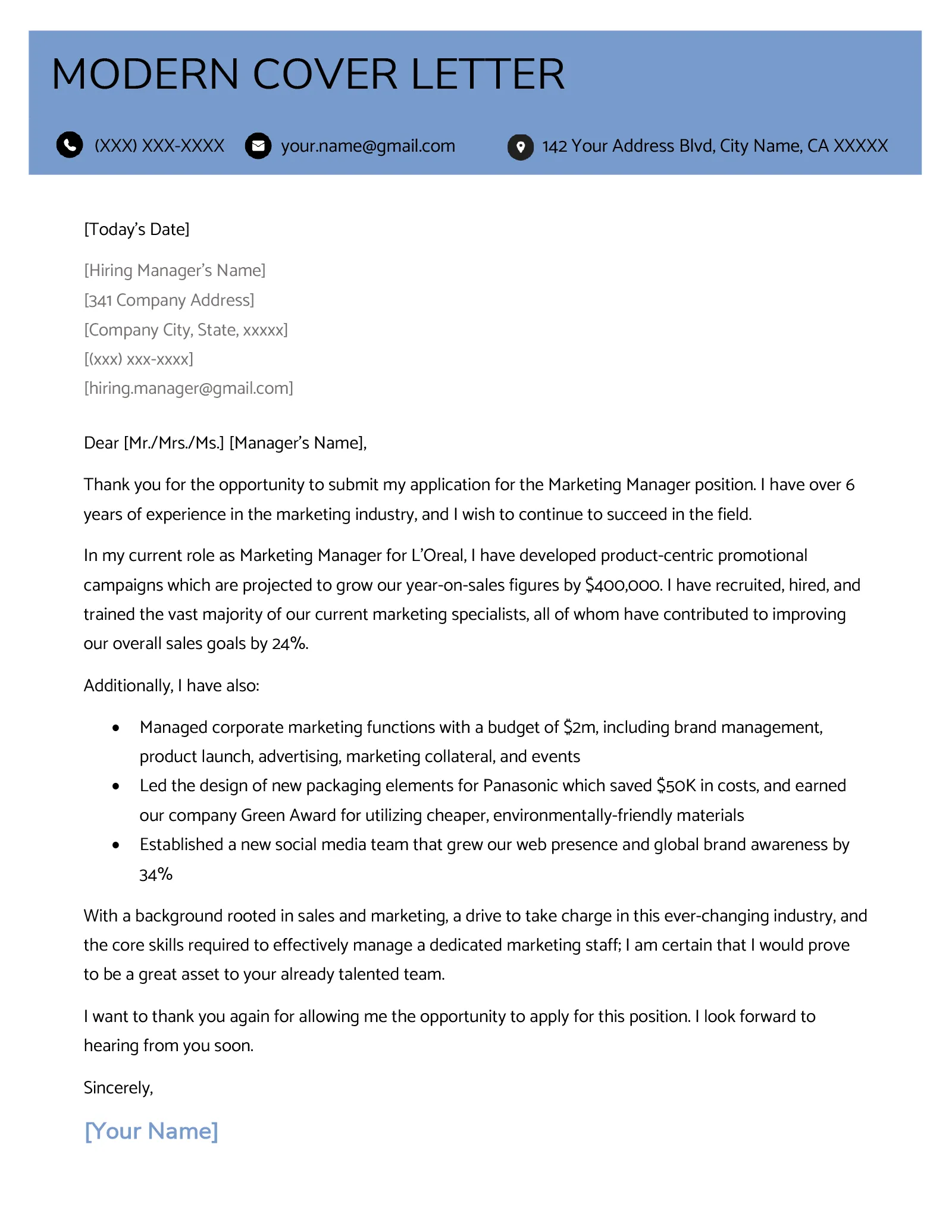
While crafting your cover letter, avoid these common pitfalls that can significantly decrease your chances of success. Being aware of these mistakes will help you create a strong and impactful cover letter that effectively showcases your qualifications and makes a positive impression on the hiring manager. Always review your cover letter before submission to ensure that it avoids these errors.
Generic Cover Letters
Avoid sending generic cover letters that are not tailored to the specific job and company. Generic letters lack impact and fail to demonstrate your genuine interest in the role. Take the time to research the company and the position, and customize your letter to address the specific requirements and expectations outlined in the job description. Personalization shows your genuine enthusiasm and understanding of the company’s needs.
Ignoring the Job Description
A common mistake is not referencing the specific requirements and qualifications listed in the job description. Ensure your letter directly addresses the key skills and experiences the employer is seeking. Demonstrate how your qualifications align with these requirements. Tailoring your letter to the job description shows that you pay attention to detail and are serious about the opportunity. Failing to connect your skills with the job description diminishes your chances.
Typos and Grammatical Errors
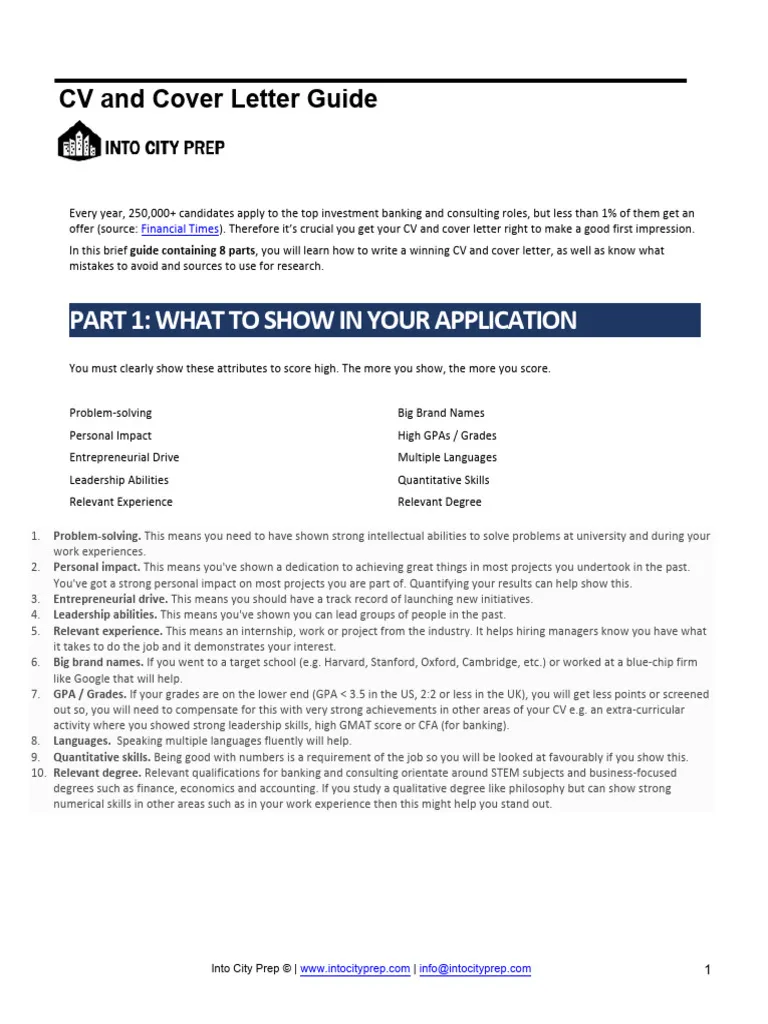
Typos and grammatical errors can damage your credibility and professionalism. Always proofread your cover letter carefully before submitting it. Ask a friend, family member, or career counselor to review it as well. Errors signal a lack of attention to detail. Taking the time to review your cover letter is essential for presenting yourself in the best possible light.
Optimizing Your Cover Letter for ATS
Applicant Tracking Systems (ATS) are used by many companies to screen applications. To optimize your cover letter for ATS, focus on using keywords from the job description. These systems scan your cover letter for specific keywords and phrases to determine if your application is a match. Incorporate relevant keywords naturally and avoid keyword stuffing. Following these strategies can help you make it through the initial screening process and land your application in the hands of the hiring manager.
Using Keywords Effectively
Carefully review the job description for keywords and phrases related to the required skills and experience. Naturally integrate these keywords into your cover letter. For example, if the job description mentions “project management,” include this phrase when describing your project management experience. Avoid keyword stuffing, which can make your letter sound unnatural and potentially flag it as spam. The goal is to make it through the ATS and ensure your application is considered.
Best Practices for Saving and Submitting
When saving your cover letter, use a clear and professional file name, such as “Your Name - Cover Letter - Job Title.” This makes it easy for hiring managers to identify and organize your application. Submit your cover letter in a widely compatible format, such as PDF, to ensure it displays correctly on any device. Always double-check the application instructions to verify whether a cover letter is required and how to submit it. Following these simple tips ensures your application is easily accessible and professional.
Cover Letter Examples and Templates
Utilizing cover letter examples and templates can be a great starting point, but it’s crucial to adapt them to your specific situation and the job you’re applying for. There are numerous online resources that provide cover letter examples. However, you should personalize these examples to fit your unique experiences and qualifications. Customizing your letter shows your genuine interest and increases the chances of catching the reader’s attention. Consider the template as a foundation, not a rigid structure, and tailor it to your specific needs.
Where to Find Cover Letter Templates
Many online resources offer cover letter templates, including websites such as Indeed, Resume.com, and Canva. These resources provide a variety of templates to suit different job roles and industries. When choosing a template, select one that aligns with your professional style and the specific job you are targeting. Ensure the template is easy to customize, allowing you to add your unique experiences and skills effectively. Using these resources can help you create a solid foundation for your cover letter, making the writing process easier.
Adapting Examples to Your Situation
While cover letter examples and templates can be helpful, it’s crucial to adapt them to your specific circumstances and the job requirements. Tailor the content to reflect your own experience and the specific needs of the role. Replace generic phrases with details from your resume and the job description. Personalizing examples shows that you have thoroughly researched the company and that you are genuinely interested in the position. Always ensure that your cover letter accurately reflects your unique skills and experiences.
Final Thoughts on Cover Letter CV Format
Mastering the art of the cover letter can be a game-changer in your job search. Understanding the key components, avoiding common mistakes, and optimizing your letter for ATS are essential strategies for success. By following the tips and advice provided, you’ll be well-equipped to create a compelling cover letter that showcases your qualifications and makes a lasting impression on hiring managers. Remember that a cover letter is not just a formality. It’s your chance to tell your story, highlight your strengths, and demonstrate why you are the perfect fit for the job.
By following these tips, you can transform your cover letter into a powerful tool that helps you stand out from the competition and achieve your career goals. Good luck with your job search!
